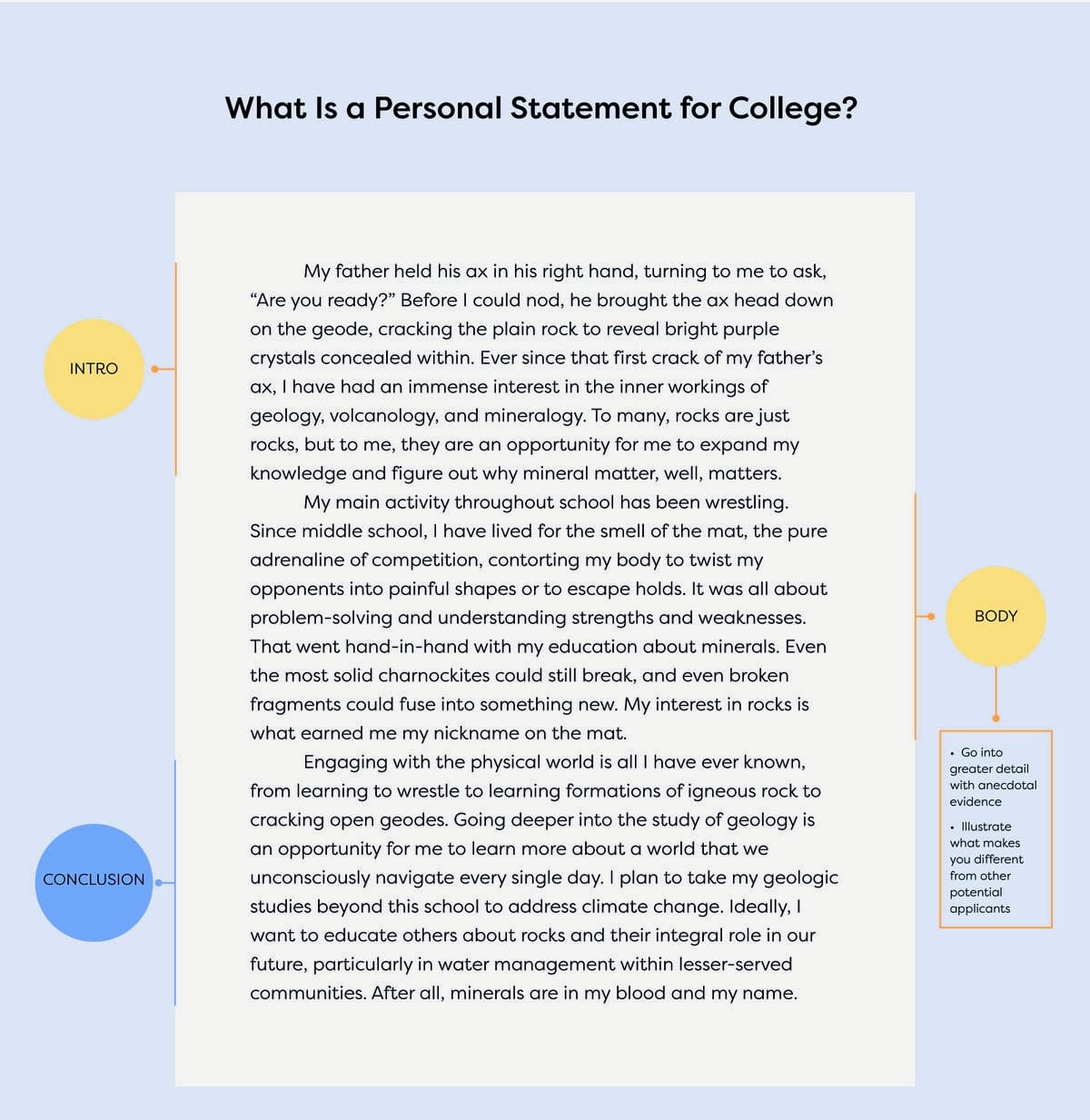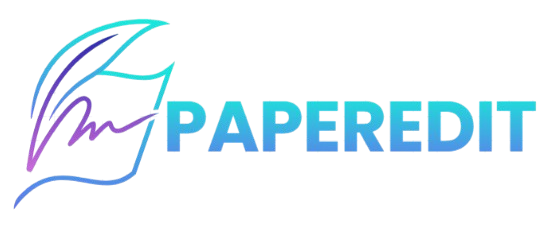How to Write a Personal Statement: A Complete Guide
A personal statement is a key part of applications for programs like MS, PhD, or jobs. It's your chance to show admissions committees or employers who you are, why you're a good fit, and what drives your passion. In this guide, you'll learn how to write a personal statement, structure it effectively, and avoid common mistakes. We'll also cover how many words a personal statement should be and what it should include.

What Is a Personal Statement and Why Is It Important?
A personal statement is a written summary that outlines who you are, why you’re applying, and how your background makes you an ideal candidate. Whether you're applying to a graduate program or a job, your statement helps you stand out.
Why You Need a Personal Statement
- First Impressions Matter: It’s often the first thing recruiters or admissions officers read.
- Showcase Your Fit: It demonstrates how your experience aligns with the role or program.
- Differentiate Yourself: You get to share your unique skills and interests.
🔍 Example: If you’re applying for a PhD in Computer Science, mention a relevant AI project from your master’s program to show expertise and interest.
How to Structure a Personal Statement
Proper structure helps keep your message clear and impactful. Use the following format:
1. Introduction
- Start with who you are and why you’re applying.
- Mention your motivation or interest in the field.
2. Academic and Professional Background
- Include degrees, job roles, internships, or projects.
- Use specific examples to support your claims.
3. Skills and Experience
- Highlight relevant hard and soft skills.
- Explain how they apply to the opportunity.
4. Future Goals
- Describe your career or academic aspirations.
- Show how the role or program fits into that path.
5. Conclusion
- Reaffirm your interest.
- End with a confident and positive note.
How to Open a Personal Statement
Your opening should grab attention while clearly stating your purpose. Here’s how:
- Be Enthusiastic: Share what excites you about the field.
- Be Specific: Use personal experiences to avoid clichés.
- Be Clear: State your goals and motivation directly.
✅ Example:
"During my undergraduate studies, I became fascinated by the impact of genetics on human diseases, particularly cancer, which is why I want to pursue a career in biomedical research."
Step-by-Step Guide: How to Write a Personal Statement
1. Be Specific and Show Your Knowledge
Don’t just state skills—connect them to real experiences.
💡 Example: For Environmental Science, talk about a climate project you led and how it influenced your academic interests.
2. Align Your Goals with the Opportunity
Make it clear how this program or role fits into your future.
💡 Example:
"I’m excited to apply for the Data Science program at XYZ University because of its strong focus on machine learning—an area I want to specialize in to solve real-world healthcare problems."
3. Use a Strong Conclusion
Wrap up by summarizing key points and showing excitement.
✅ Example:
"I am confident that my research background and passion for environmental science make me a strong candidate for the PhD program at XYZ University."
Tips to Write a Personal Statement That Stands Out
- Be Concise: Stick to 500–1,000 words unless otherwise specified.
- Avoid Clichés: Use specific and personal examples.
- Proofread: Check for grammar, clarity, and typos.
- Seek Feedback: Ask a mentor or professor for input.
How Many Words Should a Personal Statement Be?
Most schools and job applications request a personal statement of 500 to 1,000 words (or 4,000 characters). Always follow the specific guidelines provided.
Final Thoughts
Learning how to write a personal statement can seem intimidating, but it’s your best chance to make a lasting impression. Follow a clear structure, personalize your message, and align your goals with the opportunity. With careful editing and genuine expression, your personal statement can set you apart.
If you need help with scientific proofreading or academic proofreading, PaperEdit is here to support you. For further assistance, feel free to contact us via email at editing@paperedit.com or through WhatsApp at +447458935352 You can also fill out the contact form for additional inquiries.

